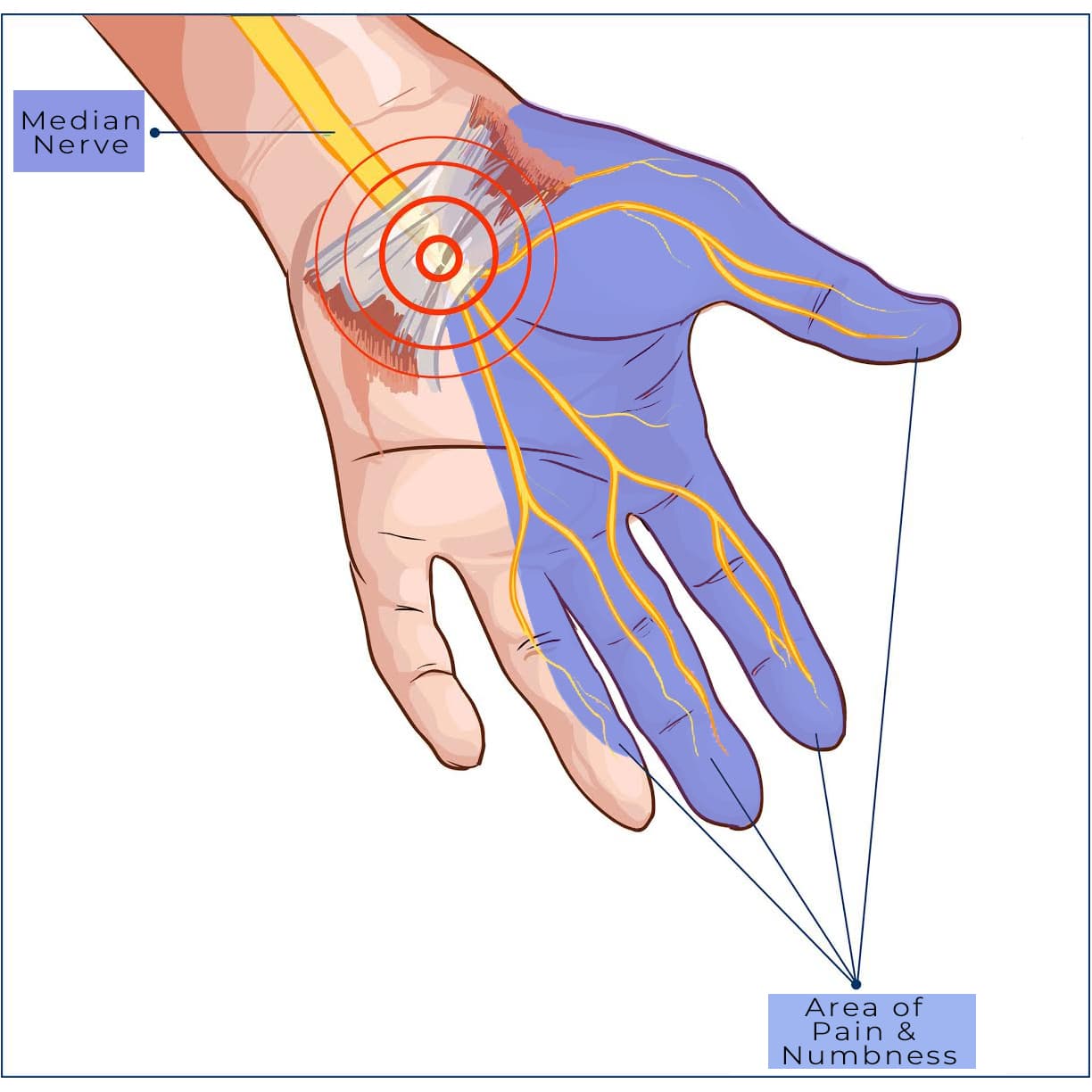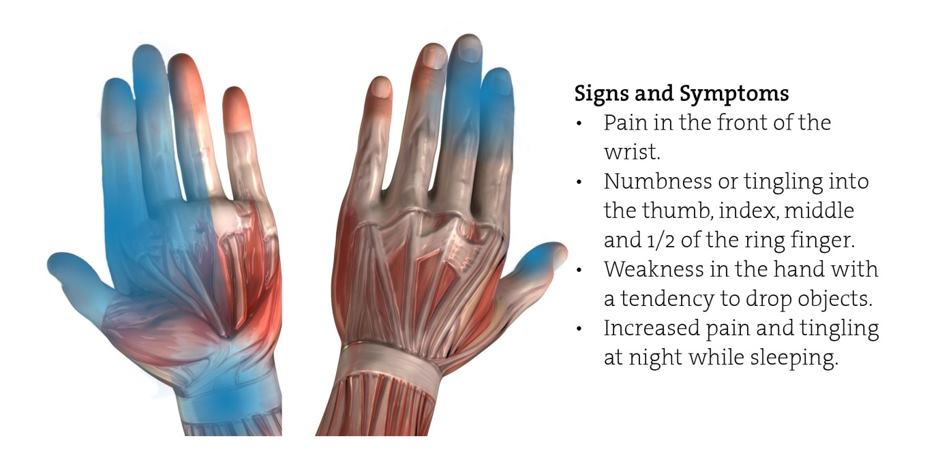
You may be offered this as the first treatment. It's common to wear a splint just at night. Wrist splintĪ wrist splint is used to keep the wrist in a midline position and may settle the problem within a few weeks. If your feel a numb or tingling sensation, hang your arm out of bed or shake your hands. To keep your wrists mobile, stretch them back or reach forwards as if pushing a door open, then reach upwards as if pushing the ceiling - try this 10 times in a row, 4 times a day. increase the amount of rest you take between periods of activity.change the way you make repetitive movements and reduce how often you do them.It’s important to try to limit any activities that make your symptoms worse and avoid overusing your wrist by lots of squeezing, gripping and wringing. If the condition's part of a more general medical condition (such as arthritis) then treatment of that condition may help.

This can be reviewed if your symptoms get worse.

If symptoms are mild, having no treatment is an option. 1 in 4 people will have no symptoms within a year without treatment. Sometimes CTS improves after 6 months without treatment, especially if you’re pregnant or under 30 years old. Nerve tests are sometimes ordered to find out how badly the nerve is squashed. In some cases, nerve conduction tests are needed to confirm the diagnosis. take a blood sample to test for any inflammation or thyroid problems.use a Tinel’s test (tapping over the tunnel) or Phalen’s test (squashing the tunnel).test the movement, feeling and strength.ask you about it and examine your wrist and hand.To diagnose CTS, a healthcare professional might: weakness and wasting of the muscles at the base of the thumb.pain in the hands (and sometimes wrist or forearm) - this might be worse holding an object when the hand's elevated.tingling that's often worse at night or first thing in the morning.



 0 kommentar(er)
0 kommentar(er)
